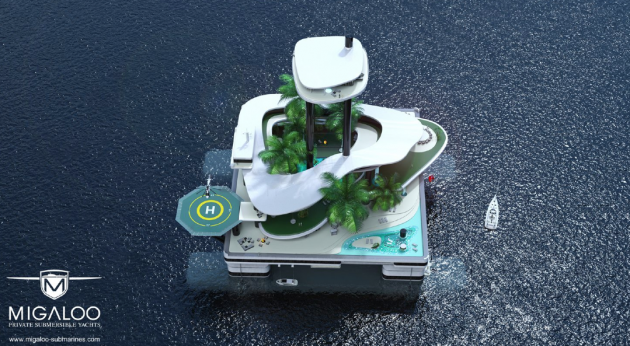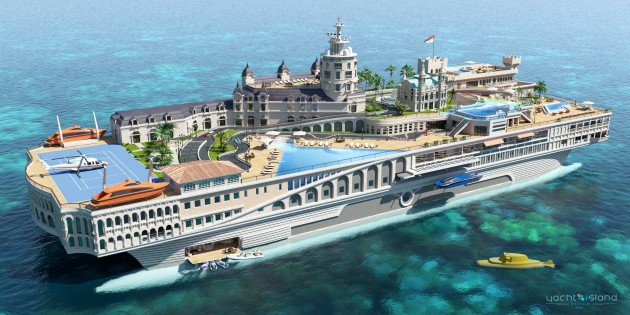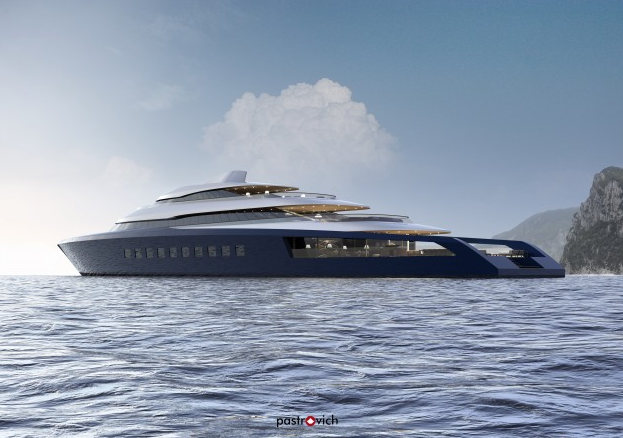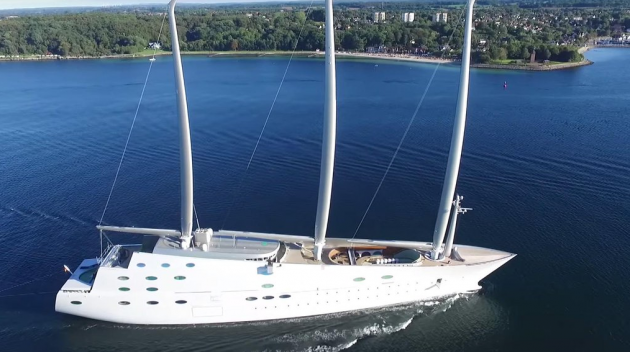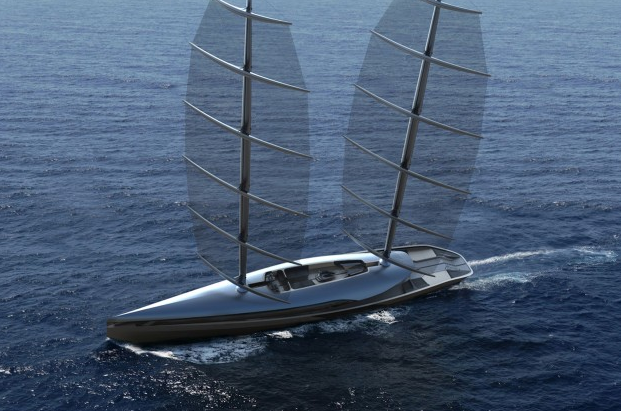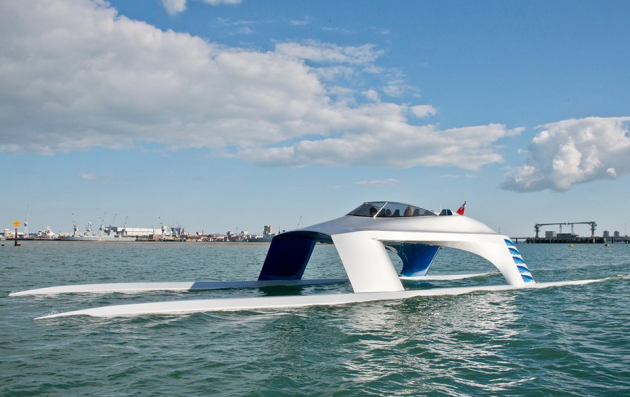Pictures: The weird and wonderful future of superyacht design
Whether its submersibles, flying pyramids or floating islands, we bring you a look into the future of superyacht design.
Over the last few years, there has been a shift in the superyacht design world.
The next generation of owners is more focused on green credentials, cutting-edge technology and functionality.
See the gallery of futuristic designs below
Exceptional performance has always been a priority, but now there is a growing desire to reach remote locations and many want exposure to unique experiences rather than goods and services.
In the past, the luxury end of the yacht market was rarely considered eco-friendly.
But now designers are using sustainable materials and renewable energy, such as wind and solar, in their designs. Both Max Zhivov’s Your Yacht Your Home concept, and Jet Capsule’s futuristic UFO are powered by renewable energy.
The 40 metre Your Yacht Your Home is covered in solar powers. The UFO, which is a two storey floating house/yacht, can use wave, solar or wind power and is completely self sufficient.
Advances in materials has also helped with green credentials. The use of substances like carbon fibre means superyachts are now lighter, saving on fuel.
John Shuttleworth’s Adastra has a streamlined exterior and slender hull made of a glass/aramid/foam composite.

Adastra by Shuttleworth Designs. Credit Tourber/Twitter
At 17 knots, the 42.5 metre trimaram has a 4,000nm range. Measurements taken during the sea trials show fuel consumption at 10.5 knots is as low as 17 litres per hour when carrying 10% fuel and water.
To further reduce weight, the Adastra’s deck and superstructure is constructed from carbon fibre with Nomex honeycomb core, the hull is glass/kevlar foam sandwich and the interior is lightweight oak cabinetry using honeycomb panels.
Owners also want more innovative design, with spaces that are open plan and bright. Gone are the traditional compartmentalised layouts.
Stefan Pastrovich’s new 80m X-Prime moves away from the concept of having many decks the same. Instead, a single deck puts the owner at the centre of all on board operations.
To the extreme, the 155m Streets of Monaco concept by the Nottingham-based Yacht Island Design, offers large areas of open space for the 16 guests on board, with two swimming pools, a kart track and even replicas of the microstate’s landmarks.
A desire to connect more with the underwater world is also a strong design feature of the concepts being released.
Migaloo has now designed five submersible superyachts, as well as a floating island, bringing people closer to life beneath the waves.
The subs are built according to U. S. NAVY SUBSAFE safety standards and feature modern acrylic pressure hull design.

Migaloo has a range of submarines and even a floating island. Credit Migaloo Submarines/Facebook
The 117m Kokomo Ailand floating island is based on semi-submersible platforms, and has a jungle deck, waterfalls and an underwater dining saloon, as well as a shark-feeding station, outdoor cinema, barbecue and outdoor stage.
The much-anticipated sailing yacht ‘A’ for Russian industrialist Andrey Melnichenko will feature a one-foot thick glass underwater observation area. It will be located in the keel of the 143 metre sailing yacht, which when completed will be the biggest sailing vessel in the world.
As owners demand more unique experiences, designers are seeking inspiration from the air.
Timur Bozcar’s carbon fibre Cauta is inspired by the aerodynamic shape of an albatross. As a result, the sailing yacht emphasises curves, with a covered upper deck and rounded edges.
The lightweight Cauta also has a carbon fibre hull and superstructure and is being touted as a new class of yacht.
Other designers have gone further.
First conceived in 2010, the Tetrahedron flying pyramid superyacht design created by London-based architect Jonathan Schwinge has been gaining momentum ever since.
The basic concept involves an underwater trimaran hull that can raise the main living area above the water as it gets onto the plane at around 15 knots.
The 70ft superyacht is still in its early stage of engineering but once completed, will have enough accommodation for six guests and four crew members. The predicted top speed of the Tetrahedron is 38 knots with a maximum cruising range of 3,000nm.
Recently unveiled ahead of its debut at the London On-Water Yacht and Boat Show last month was the Glider SS18 by the London-based Glider Yachts.

The recently launched SS18 Glider. Credit Glider Yachts/Facebook
This £1 million ‘super yacht’ can reach speeds of 50 knots and is powered by four 270hp Yamaha waterjet engines, allowing passengers to ‘glide’ across the water. With a draft of just under 1 foot, it can be used to explore the shallowest waterway.
The Glider SS18 can accommodate four passengers and a captain, and would be an ideal addition for those owners wanting to visit locations their larger superyachts cannot enter.
Inspired by underwater ecosystems and fluid dynamics, the skeletal looking Unique Circle Yachts by the late British architect, Zaha Hadid are a departure from traditional horizontal design.

The pool on board one of the 90m Unique Circle Yachts. Credit Zaha Hadid Architects
Based around a master prototype of a 128 metre yacht, the Unique Circle Yachts are five individual 90 metre yachts, each evoking an alien-like feel. JAZZ is the first one to be technically specified and detailed by Blohm+Voss.
The upper section of the yacht is an interwoven network of supports varying in thickness, giving it a very organic feel. It has a top speed of 16 knots and a maximum cruising range of 5,000nm.
As a result of advances in technology, glass is also more prevalent in superyacht design.
The epitome of this is the 55 metre SALT by American designer Lujac Desautel.
The yacht has glass facades and hull sections which slide away, creating an open, water-level living space. Stairs run up to the fore and aft decks.










